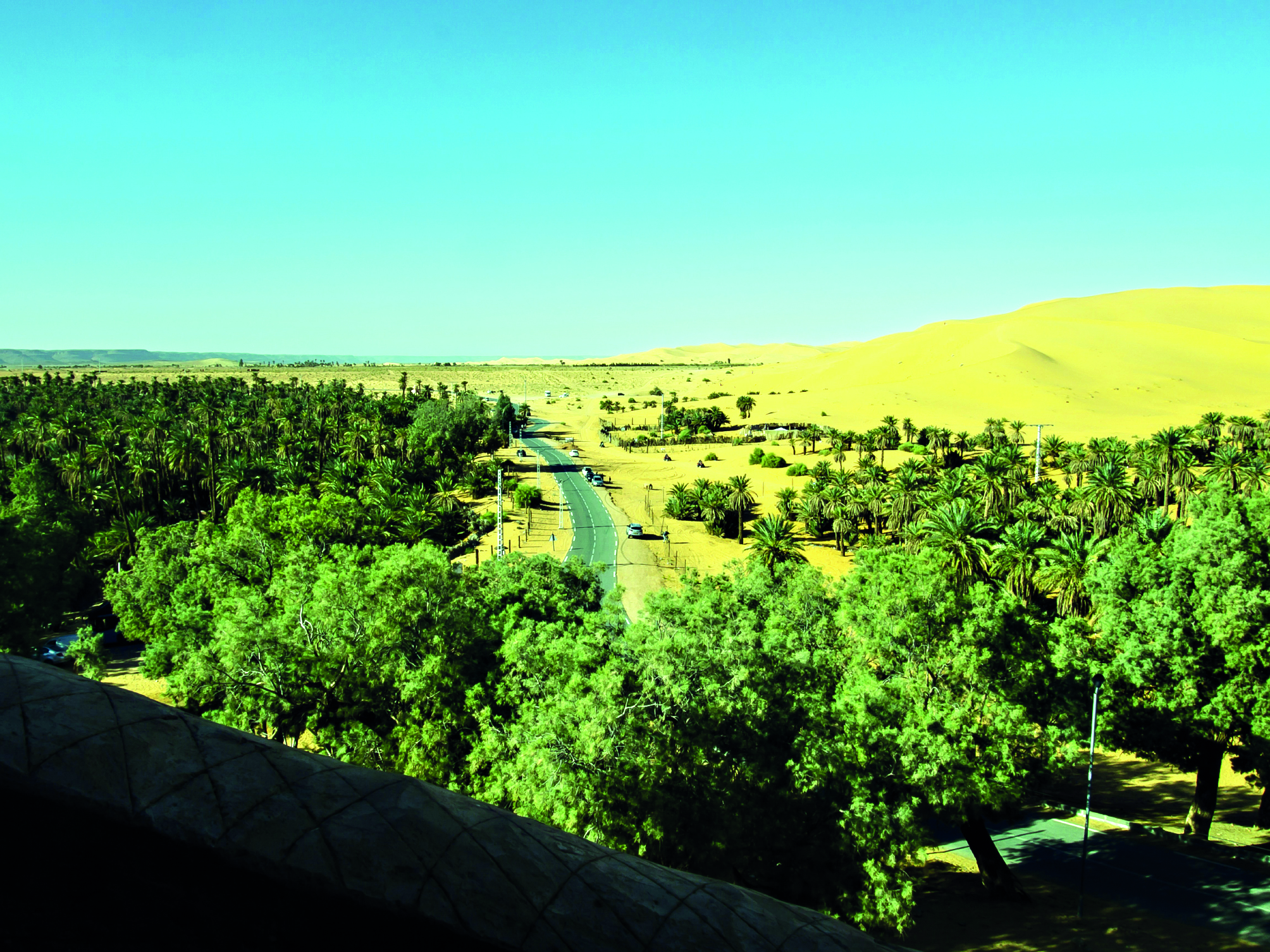Battling the Burgeoning Dust
With climate change scorching the Earth by degrading lands and wilting crops, the worsening of the desertification phenomenon looms large on the horizon—necessitating urgent action in soil care, sustainable farming, and resilient land-use

In the previous articles, we have discussed the importance of soil conservation, irrigation, regenerative agriculture, agroforestry and silvopasture, among other things. Closely related to these issues is the issue of desertification. In fact, if the aforementioned issues are not addressed urgently in a positive manner, desertification will be a sure outcome. Let us discuss this in more detail below.
What is Desertification?
The UN Convention to combat Desertification (UNCCD) was formed in 1994 as an outcome of the Rio Earth Summit in 1992. It defined desertification as “land degradation in arid, semi-arid and dry sub-humid areas resulting from various factors, including climatic variations and human activities” and its purpose was ‘sustainable land development’, including the prevention/reduction of land degradation, rehabilitation of partly degraded land and reclamation of desertified land. The arid, semi-arid and dry sub-humid areas are those that receive low rainfall and form about 40 per cent of the Earth’s surface.
The term ‘desertification’ was, therefore, more to do with land degradation rather than expansion of deserts per se. Land degradation can come about by soil erosion and loss in soil fertility. These can happen either by natural means such as strong winds and high rainfall or through human intervention such as deforestation, overgrazing, excess use of chemicals and low levels of irrigation. Land degradation was to be prevented mainly through focussing on soil health through improvement of irrigation/water resources, vegetation, wildlife and the ecosystem in general.
Desertification and Climate Change
As we know, the larger or the macro-level manifestation of climate change is, basically, global warming through excessive emissions of greenhouse gases—far more than the Earth can process. Not only that, the land is warming more than the oceans, leading to shifts in ocean water circulation, increased incidence of extreme weather events, vegetations wilting under excess heat. These events lead to erratic and scant rainfall in large parts of the world (mostly Africa and Asia), which leads to land degradation and desertification. The low level of moisture also leads to drying up of vegetation and provides a ready recipe for more deadly forest fires.
A report titled ‘Climate Change and Desertification’, published by the World Meteorological Organisation (WMO) in 2007, pointed out the following ways through which climate change can worsen desertification:
- Soils will have lower levels of moisture with rising temperatures;
- At lower latitudes, especially seasonally dry and tropical regions, crop productivity is projected to decrease for even small local temperature increases (1-2 degrees Celsius);
- In Asia and Africa, agricultural production will fall and the area suitable for agriculture, the length of growing seasons, and yield potential will decrease.
- In the drier areas of Latin America, climate change is expected to lead to salinisation and desertification of agricultural land.
- In Southern Europe, higher temperatures and more frequent drought are expected to reduce water availability, hydropower potential, and, in general, crop productivity.
Desertification and land degradation have affected developed and developing countries alike. The southern part of the USA covering Texas, New Mexico and Arizona has witnessed droughts due to natural and man-made interventions. Similarly, the Murray-Darling basin in Australia has witnessed soil degradation because of rising temperatures. However, it is the poor in developing countries of Asia and Africa (particularly the Sahel region) that suffer the most because of limited resources for adaptation.
While desertification is pushing back the ‘green’ frontier, there have been efforts that are addressing the issue as well. The Great Green Wall in the Sahel and the Sahel Initiative has plans to restore 100 million hectares by 2030. The LDN (Land Degradation Neutrality) initiative of the UNCCD has seen 130 countries pledge to have a neutral or positive impact on the soil by 2030. China’s Three North Shelter-Belt or “The Great Green Wall’ programme aims to achieve afforestation in large tracts of land in northern China to combat desertification.
Conclusion
Climate change and the associated global warming has accelerated the pace of desertification across the world. While mitigation efforts to reduce greenhouse gases are important, adaptation measures such as improving soil health, agroforestry, modern irrigation techniques such as drip irrigation, preventing soil erosion etc. are more important. This is particularly true for developing countries, where the people are worst affected by the advancing desertification through its impact on agricultural production and food security.
The writer is Additional Chief Secretary, Department of Cooperation, Government of West Bengal



